Cue Sports Master Class
The Academy of the Cueing Arts’ Master Class for cue sports offers a top-tier educational experience combining scientific principles with practical training methods to help students master Cue Sports.
This program is for cue sports enthusiasts looking to elevate their skills and knowledge in cue sports. It is designed to provide a comprehensive and advanced learning experience for students who are passionate about cue sports and wish to excel in their gameplay.
Progressive Building Block System
The Master Class program follows a progressive building block system that ensures students develop a strong foundation in cue sports techniques and strategies before advancing to more complex skills. This structured approach helps students build upon their knowledge incrementally, leading to steady improvement over time.
World-Class Learning Environment
Whether participating in the online course or attending in-person training sessions, Master Class students benefit from a world-class learning environment curated by experienced instructors at the Academy of the Cueing Arts. The training facility boasts state-of-the-art equipment, pristine surroundings, and a clean atmosphere conducive to focused learning and skill development.
Inspired Excellence
With a track record of success in developing champions at the highest levels of cue sports, the Master Class instills a sense of excellence in its students by emphasizing mental, psychological, and physical training aspects essential for peak performance.
Modules
FUNDAMENTAL FOUNDATION
When embarking on a new journey to learn and develop the fundamental building block structure, it is essential to understand the importance of going back to the basics. This concept is often emphasized because it lays the foundation for further growth and understanding. In the first module of this course, you will delve into the structure of the entire curriculum that lies ahead.
This first module is a vital starting point, providing a comprehensive course structure overview. Each puzzle component will be meticulously explained within its respective system and significance. To fully grasp the developmental skills required in Cue Sports, we will explore the intricate structures of human physiology. Understanding the precise workings of these structures is crucial as they play a pivotal role in mastering Cue Sports techniques.
Throughout this module, you will gain insight into what, where, when, how, and, most importantly, why things work the way they do. By understanding these underlying principles, you can better understand the subject matter. This foundational knowledge sets the stage for all subsequent modules and ensures a comprehensive learning experience.
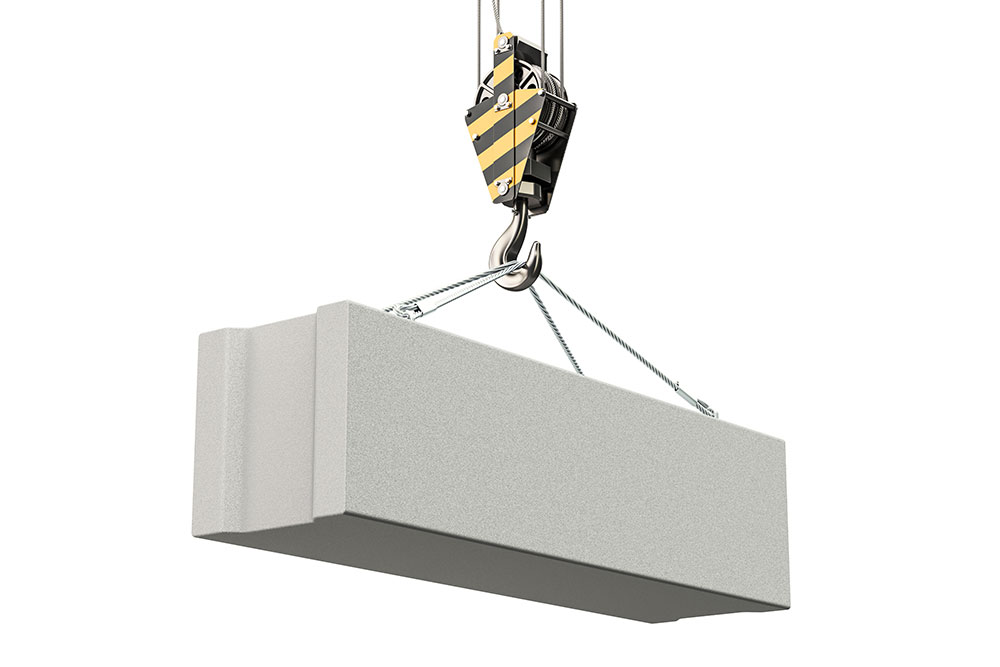
PERFECT MOTION
Perfect Motion is the second stage of the progressive system, which aims to perfect one’s physical abilities. The primary focus of this stage is to comprehend the detailed mechanics of the stroke and learn how to connect them to the foundation. By doing so, individuals can assemble the essential fundamental pieces of the foundational puzzle – the physical principles.
In Perfect Motion, individuals will delve into the intricacies of stroke mechanics and develop a deep understanding of how each component contributes to precise motion. Every skill within this stage requires superb attention to fine detail, as it is these nuances that differentiate between average and elite execution. To aid in the learning process, corresponding human anatomy graphic animations are utilized to bring each part of the stroke to life.
Throughout Perfect Motion, entertaining analogy stories are interspersed to keep students engaged and at their peak absorption level. These stories serve as mnemonic devices, helping individuals remember critical concepts and principles. By unfolding the “whys” and “hows” behind each aspect of the stroke, students will gain a comprehensive understanding of the Cueing Arts that surpasses their initial expectations.

MISSION CONTROL
In Module 3 of the sports psychology course, you will delve into the second and third aspects of the discipline, namely the psychological and mental elements. This will complete the three-part structure of sports psychology. Mission Control, a section within the module, focuses on exploring the intricacies of the brain and its influence on the psychological and mental aspects of sports psychology.
One of the key topics covered in this module is precision alignment, which involves understanding the components and subcomponents through a 6-step methodology. The first step in this process is pocketing balls with closed eyes. This exercise aims to open your eyes to the importance of sensory perception and proprioception in sports performance.
Moving forward, you will learn to utilize all your senses to enhance your focus and concentration. This multi-sensory approach takes your performance to the next level. However, it is crucial to understand the what, when, why, and how of various factors such as eye movements, alignment, approach, concentration, imagination, and visualization. These elements collectively create a pre-movie experience where you accurately position your body within the film.
By mastering these techniques and understanding their underlying psychological and mental principles, athletes can optimize their performance.
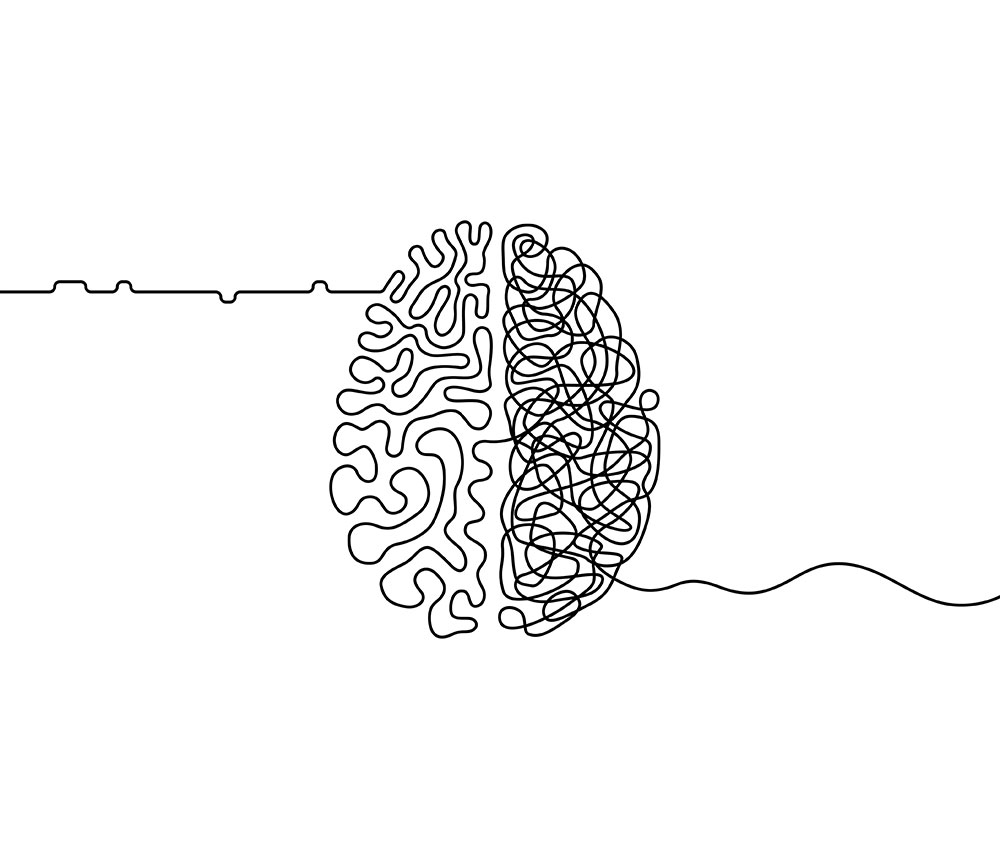
ANALYZING A.S.S.
In Module 4, we delve deeper into the cue ball concept and break down each component of the A.S.S. This module aims to comprehensively understand each part by utilizing strategic reference points. By exploring these reference points, you will gain a crystal clear understanding of how each component contributes to your overall performance in cue sports.
To enhance your learning experience, Module 4 encourages you to engage both the left and right sides of your brain. The left brain, associated with logical thinking and analysis, can have fun with numbers and calculations related to cue sports. This includes understanding angles, trajectories, and other mathematical aspects that influence the outcome of a shot.
On the other hand, the right brain, which is responsible for creativity and visual processing, can engage with corresponding matching images. Visualizing different scenarios and shots can help develop your intuition and spatial awareness. By combining both numerical analysis and visual imagery, you can enhance your overall comprehension skills within cue sports.
One crucial aspect emphasized in Module 4 is elemental analysis for every shot. This involves breaking down each shot into fundamental elements, such as Angle, Speed, and Spin. By analyzing these elements systematically, you can develop a precise understanding of how they affect the outcome of your shots.
The purpose of this elemental analysis is to improve precision recall during gameplay. Precision means executing shots accurately and consistently based on your intended target or objective.
Learning and mastering these components in Module 4 will dramatically advance your comprehension skills within cue sports. Understanding the intricacies of alignment, stance, stroke technique, and other essential elements will enable you to make more informed decisions during gameplay. This increased comprehension will ultimately improve performance and success in cue sports.

POINT OF TANGENCY
The point of tangency refers to the point at which a curve or line touches another curve or line, sharing a common tangent. When these components are meshed together in a sequence, it leads to a deeper understanding of the attractive forces and torques involved and their effects within the motion geometry.
Studying the tangency point can help one understand the trajectories followed by points, lines, and other geometric objects. It also allows for exploring their differential properties, crucial in comprehending their behavior and characteristics.
Understanding the point of tangency and its implications can have significant benefits when assembling equations for achieving the perfect position. By grasping the intricacies of how curves and lines interact at their points of tangency, one can enhance one’s ability to determine the optimal positioning and alignment of various components.
When all the components are correctly aligned and positioned, they work together harmoniously to achieve a desired outcome. This is where the most important shot appears, clarifying all the details. The power at this moment is truly remarkable, as it signifies the culmination of careful planning and execution.
In conclusion, delving into the concept of the point of tangency allows for a comprehensive understanding of how different components interact within a motion geometry. By studying trajectories, differential properties, and the effects of attractive forces and torques, one can significantly enhance one’s ability to assemble equations for achieving optimal positions. The point of tangency represents a pivotal moment where all the pieces come together, showcasing the power within precise alignment and positioning.
Geometry (Ancient Greek: γεωμετρία; geo = earth, metria = measure) is a part of mathematics concerned with questions of size, shape, and relative position of figures and with properties of space. Geometry is one of the oldest sciences. Modern geometry strongly bonds with physics, which we will explore in Module 6.
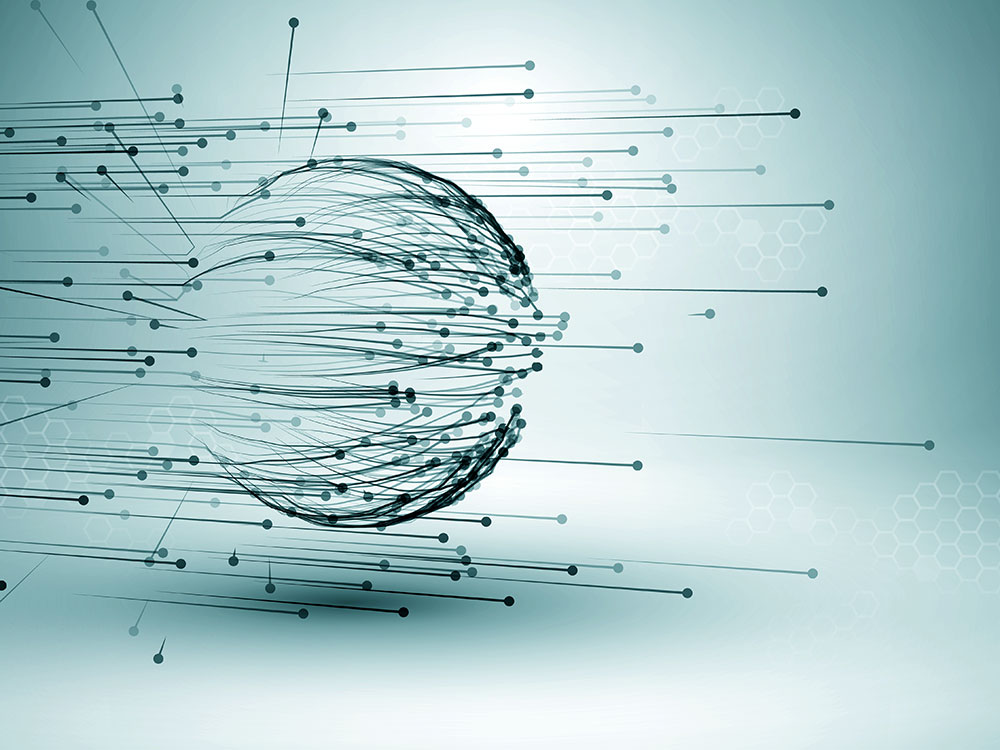
ENERGY EFFECTS
The effects of energy in cue sports can be better understood by exploring the role of the laws of physics. To master the perfect cue ball direction, object ball direction, and distance, it is crucial to have intelligent rules. Players can conquer deflection and squirt using a simple system by understanding physics principles. This knowledge will help players comprehend how rotational energies affect motion through cling, drag, and gear. Players can learn to execute unique and exciting shots by applying basic physics concepts. Additionally, there are situations where understanding the concept of quadrants can be advantageous in cue sports.
In conclusion, understanding the effects of energy in cue sports is crucial for mastering accurate shots and achieving desired positional play. By applying principles of physics such as deflection, squirt, rotational energies (cling, drag, gear), and considering strategic quadrants, players can enhance their skills and improve their overall performance in cue sports.
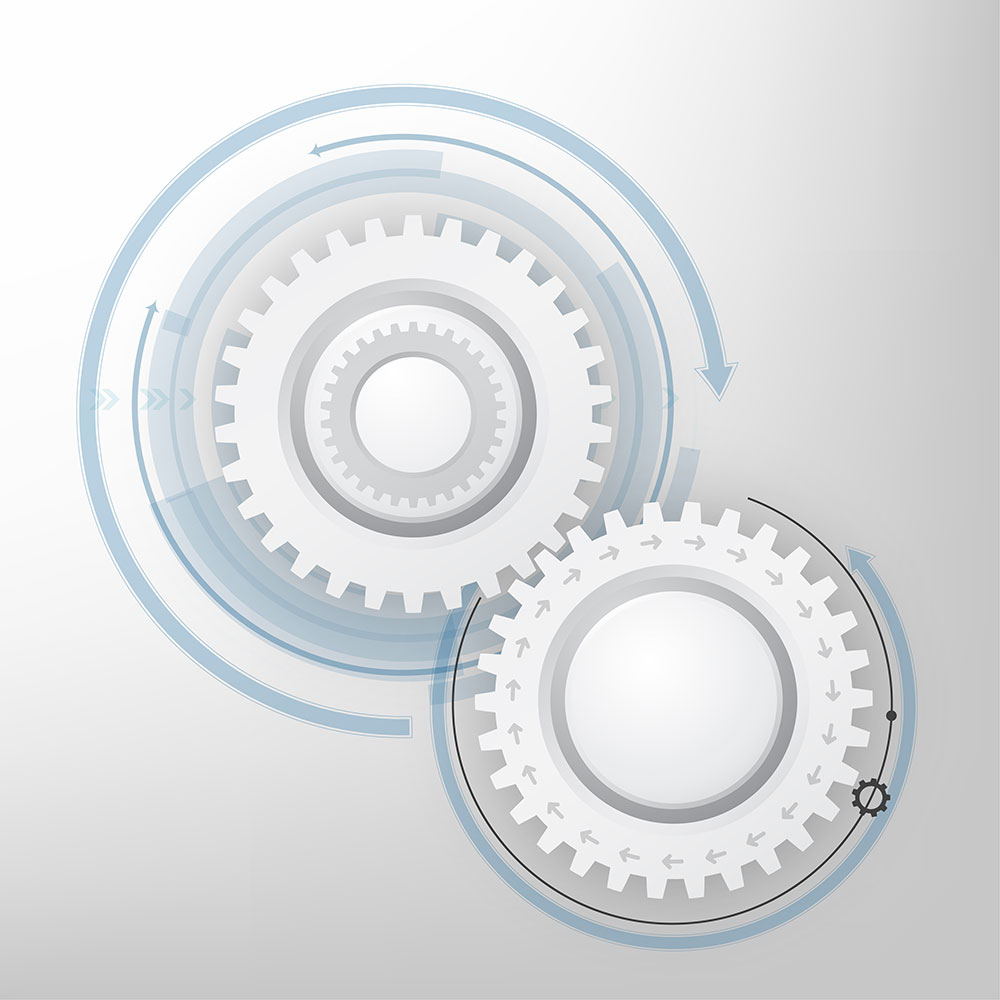
CREATIVE COMPETITION
The progressive system is a part of the ongoing Creative Competition, which aims to enhance creativity and skill in various fields. This module focuses on unlocking the secrets of jumping and masse shots to improve gameplay.
Throughout this module, participants will gain valuable insights into playing hangers, developing personal strategies, handling special situations, and utilizing creative bridge techniques when the cue ball and object ball are positioned beyond the reach of traditional shots. The module also provides a comprehensive protocol that offers detailed guidance on recognizing foul shots and establishing systematic routines to approach each shot within the boundaries of the game’s rules.
The progressive system encourages participants to explore new techniques and push the boundaries of their abilities. By delving into the intricacies of jumping and masse shots, players can expand their repertoire of skills and elevate their gameplay to new heights. The system emphasizes the importance of understanding the mechanics behind these advanced shots and provides step-by-step instructions on executing them effectively.
One of the key features of this module is the utilization of slow-motion analysis. Observing shots in slow motion allows participants to understand better the physics involved, fine-tune their technique, and improve their accuracy. This visual aid enables players to identify potential fouls and develop a disciplined approach to each shot.
The progressive system also emphasizes adherence to the legal rules of the game. While exploring creative ways to overcome challenging situations, participants must maintain integrity and play within the established guidelines. By doing so, players can ensure fair competition and keep a level playing field for all participants.
The progressive system offers participants an opportunity to enhance their skills in jumping and masse shots through a comprehensive module covering various gameplay aspects. By providing valuable insights, systematic routines, and slow-motion analysis, this system equips players with the knowledge and tools necessary to excel in these advanced techniques.
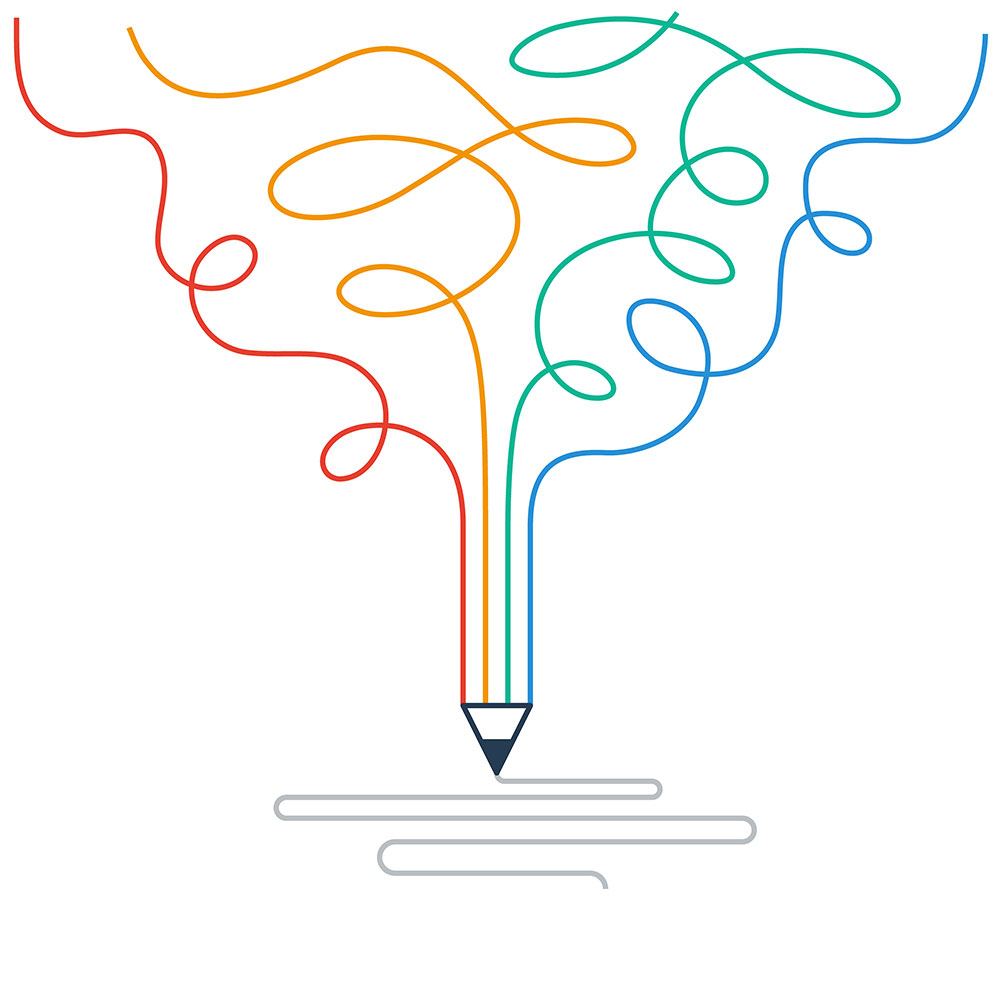
EUPHORIA
The final module in the Cue Sports series is “The Break: Where Do the Balls Go?” This module goes beyond random science or theory and provides a definitive answer to this question. It focuses on the performance aspect of cue sports and emphasizes the importance of foreplay as a fundamental part of the overall experience.
In this module, players will learn how to elevate their level of play beyond their wildest dreams. They will discover techniques to develop a professional rhythm in their ritual, which is crucial for consistent performance. One key aspect covered in this module is being keenly aware of the shots and situations that can trigger choking and learning how to prevent it.
Visual emotions play a significant role in this section, as players open up to a new understanding of the world through their engagement with the game. The module also delves into advanced training techniques, particularly in the final area known as “Advanced Training.” Here, players will put everything together on the table in motion using the “Angles of Reflection” advanced system.
The “Angles of Reflection” system is a comprehensive approach that considers the physics and geometry of cue sports. Players can strategically plan their shots and improve their overall performance by understanding how angles affect ball movement and interaction.
Overall, “The Break: Where do the Balls Go?” comprehensively explores cue sports performance. It covers various aspects such as foreplay, developing a professional rhythm, preventing choking, understanding visual emotions, and advanced training using the “Angles of Reflection” system.

